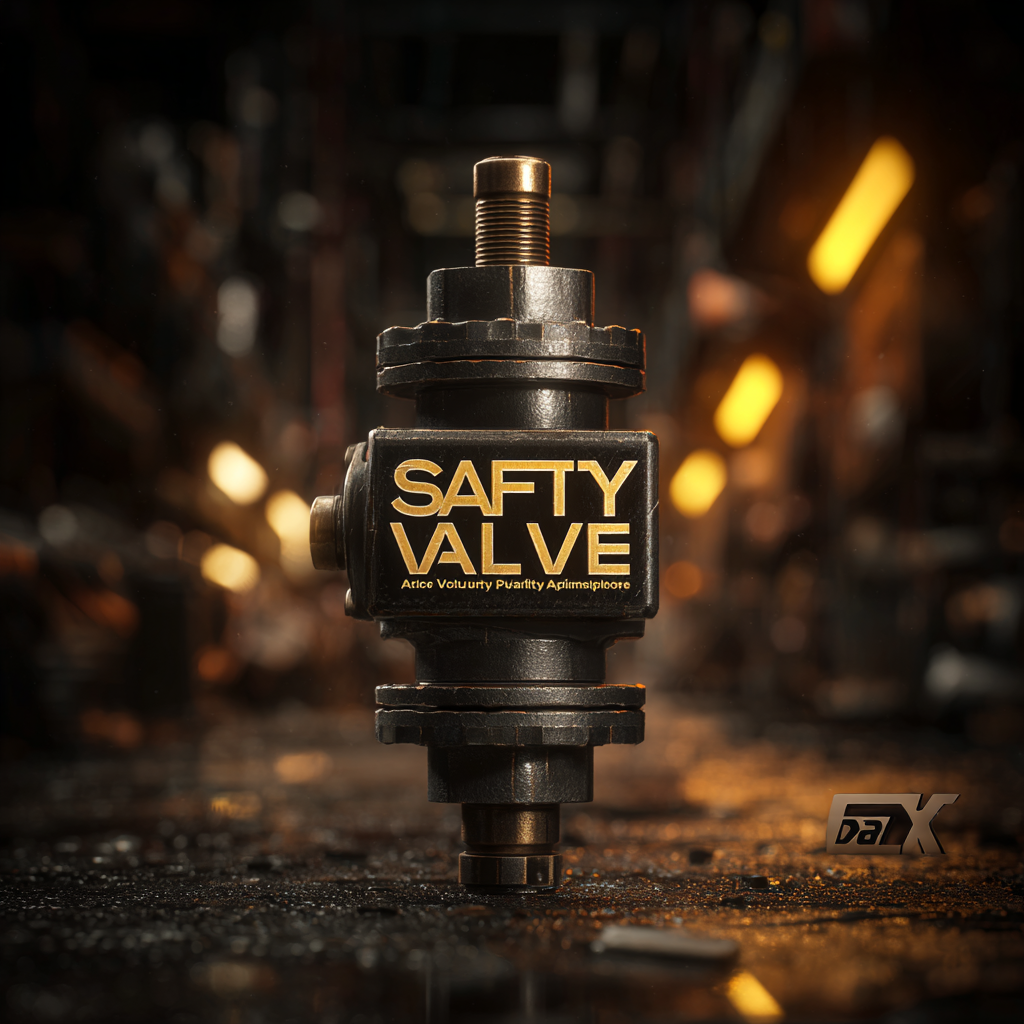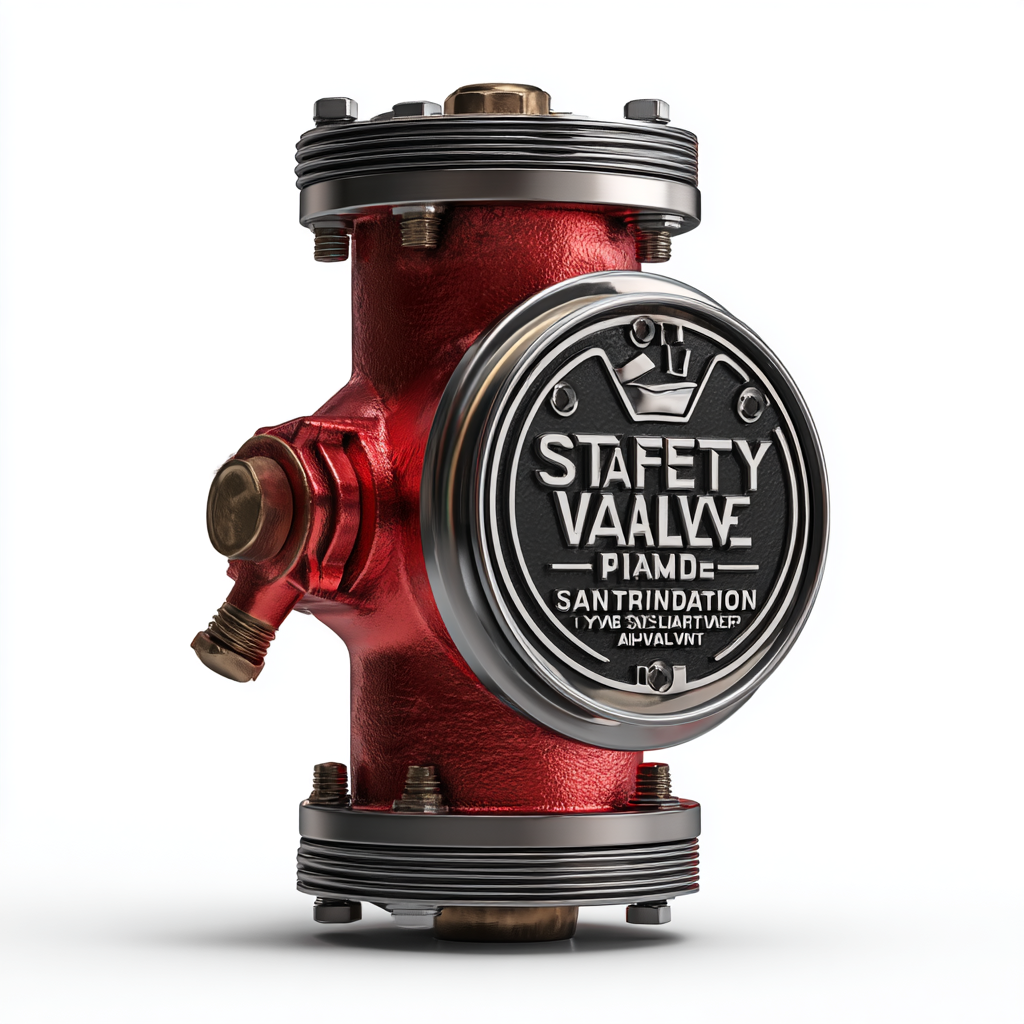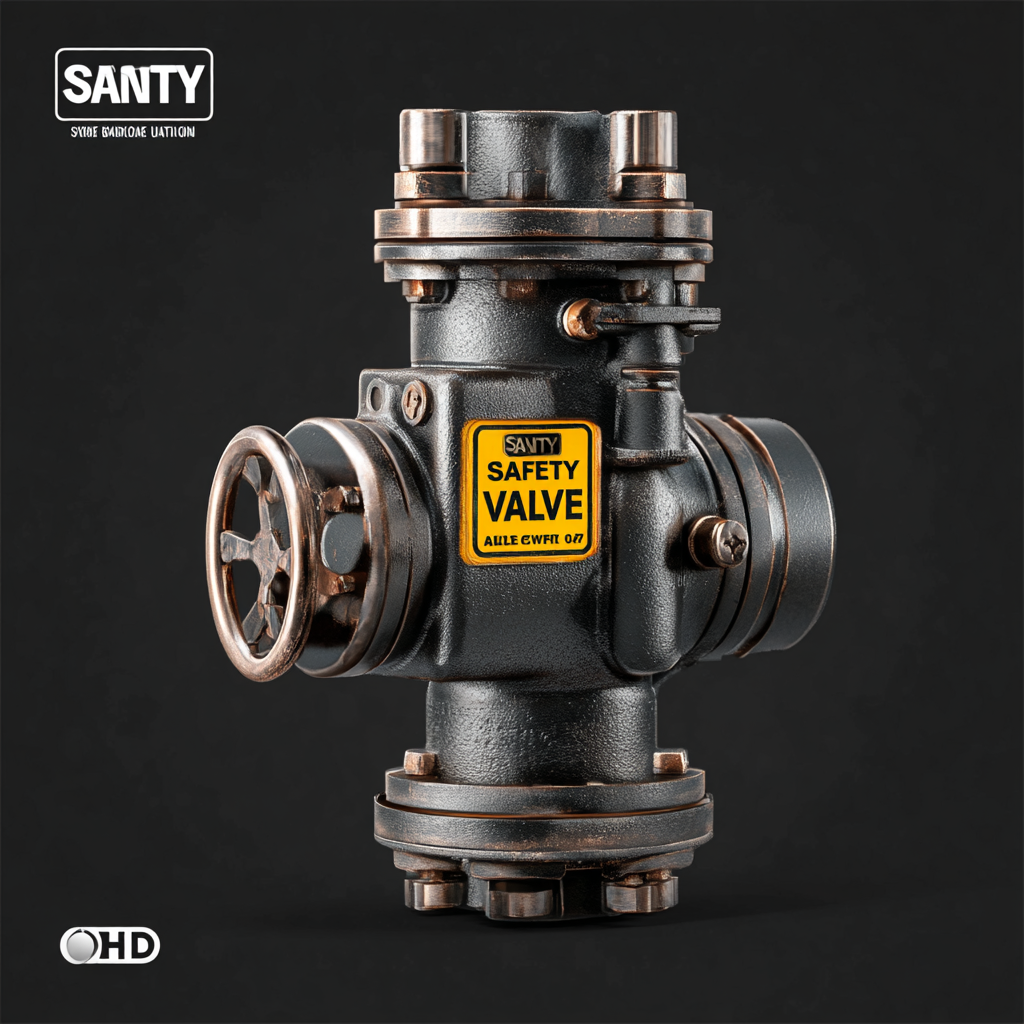-
Solutions
-
Waterworks
Pressure Reducing
Pressure Sustaining / Pressure Relief
Flow Control valves
Float Valves - Level Control
Electrically Actuated Valves
Pressure Modulation - Remote Control
Altitude Valves - Level Control
Burst Control Valves
Pump Control
CLA-VAL "HYTROL" Main Valve
Valve Controllers and Data Loggers
Air Valves
See allWaterworks
-
Military Fuelling
-
- About us
-
Blog
- Support
-
Contact
Blog
Understanding the Importance of Best Safety Valve Standards in Industrial Applications
In the realm of industrial applications, ensuring operational safety is paramount, and one of the critical components that play a vital role in this regard is the safety valve. As industries worldwide strive for excellence in manufacturing, the implementation of stringent safety valve standards becomes essential to prevent catastrophic failures and maintain the integrity of systems. This blog will delve into the importance of adhering to these best practices, exploring how safety valves not only protect equipment and personnel but also contribute to the overall efficiency and reliability of industrial processes. With China's commitment to exceptional manufacturing and global service, understanding these standards becomes even more crucial as we navigate an increasingly interconnected industrial landscape. Join us as we uncover how safety valves serve as a backbone for safe and effective operations in various sectors.

The Evolution of Safety Valve Standards: Key Developments Towards 2025
The evolution of safety valve standards is a critical aspect of industrial safety, with significant developments shaping practices and regulations leading up to 2025. Historically, safety valves were designed with basic functionality in mind, but as industries have advanced, so too have the specifications and requirements for these essential components. The introduction of more rigorous testing protocols and the incorporation of advanced materials have increased the reliability and efficiency of safety valves, ensuring they can withstand the pressures and environmental conditions they often face.
Looking forward, the key developments in safety valve standards are primarily driven by technological advancements and the growing emphasis on sustainability. Automation and digital monitoring systems are becoming integral, allowing for real-time performance assessments and predictive maintenance. Additionally, standards organizations are likely to adopt more stringent guidelines that not only address safety but also focus on reducing environmental impact. As we approach 2025, this shift will be crucial for industries aiming to not only comply with regulations but also embrace a proactive approach to safety and sustainability.
The Role of Industry Standards in Enhancing Equipment Reliability
In industrial applications, adhering to the best safety valve standards is crucial for enhancing equipment reliability. Industry standards serve as benchmarks that ensure not only the functionality but also the safety of critical equipment. As sectors across the globe increasingly adopt advanced technologies, maintaining rigorous standards becomes imperative to mitigate failures and optimize performance.

Tips for ensuring compliance with safety valve standards include regular training for maintenance personnel on the latest regulations and best practices. Implementing a continuous feedback loop from equipment operators can provide insights into real-world applications, fostering improvements based on actual performance.
Moreover, leveraging predictive maintenance technologies allows industries to anticipate equipment issues before they escalate, effectively enhancing reliability. Incorporating these strategies not only boosts safety but also contributes to the overall efficiency and sustainability of industrial operations. By prioritizing adherence to established standards, organizations can create a safer and more reliable operational environment.
Economic Impact of Compliance with Safety Valve Standards in Industrial Sectors
In recent years, adherence to safety valve standards has become increasingly vital across various industrial sectors, significantly impacting economic outcomes. Industries such as oil and gas, where safety and efficiency are paramount, benefit immensely from complying with these standards. The implementation of best practices in safety valve protocols not only minimizes the risk of catastrophic failures but also enhances operational efficiency. As organizations prioritize safety, they often see a reduction in operational downtimes and associated costs, making compliance an economically sound decision.

The burgeoning instrumentation valves and fittings market, projected to grow at a CAGR of over 9.4% from 2025 to 2032, is reflective of this trend. Companies are investing in advanced safety valves, recognizing that enhanced safety features lead to better operational performance and a lower likelihood of accidents. This shift towards rigorous safety compliance ensures that industries are not only safeguarding their workforce and infrastructure but also securing their financial future, making safety standards a crucial aspect of industrial applications.
Technological Innovations Driving the Future of Safety Valve Design
Technological innovations are significantly transforming the landscape of safety valve design, creating safer and more efficient industrial environments. Enhanced computational modeling and simulation tools are paving the way for the development of valves that can withstand a broader range of pressures and temperatures.
Advanced materials, such as lightweight composites and alloys, are being integrated into designs, allowing for better durability and reduced wear over time. These improvements contribute to minimizing downtime and maintenance costs, which are critical factors in industrial operations.
Moreover, the integration of smart technology in safety valves is revolutionizing their functionality. With the advent of IoT (Internet of Things), safety valves can now be equipped with sensors that monitor performance in real-time, providing alerts for any anomalies. This proactive approach not only enhances safety but also allows for predictive maintenance, enabling industries to take timely action before failures occur. As regulations continue to evolve, embracing these technological advancements will be essential for meeting stringent safety standards and ensuring the reliability of systems across various industrial applications.
Benefits of Adopting Best Practices for Safety Valve Maintenance and Testing
Safety valves play a crucial role in maintaining the integrity of industrial systems by preventing overpressure conditions that can lead to catastrophic failures. Regular maintenance and testing of safety valves are essential best practices that can significantly enhance operational reliability.
According to a 2021 report by the American Society of Mechanical Engineers (ASME), 15-20% of safety valves fail during emergency situations due to lack of proper maintenance, which highlights the importance of adopting rigorous maintenance protocols.
Implementing best practices for safety valve maintenance not only helps ensure compliance with regulatory standards but also contributes to cost-saving measures for industrial operations. For instance, the International Organization for Standardization (ISO) states that regular maintenance can reduce failure rates by up to 40%, consequently minimizing unplanned downtimes and associated financial impacts. Additionally, a study by the National Board of Boiler and Pressure Vessel Inspectors reported that facilities practicing stringent safety valve testing saw a 30% increase in overall equipment efficiency, underscoring the tangible benefits of prioritizing safety valve upkeep in industrial applications.
CLA-VAL UK Limited
Dainton House
Goods Station Road
Tunbridge Wells
Kent, TN1 2DR
© 2025 CLA-VAL UK | site map | Terms and Conditions of Sale and Warranty | Privacy policy

